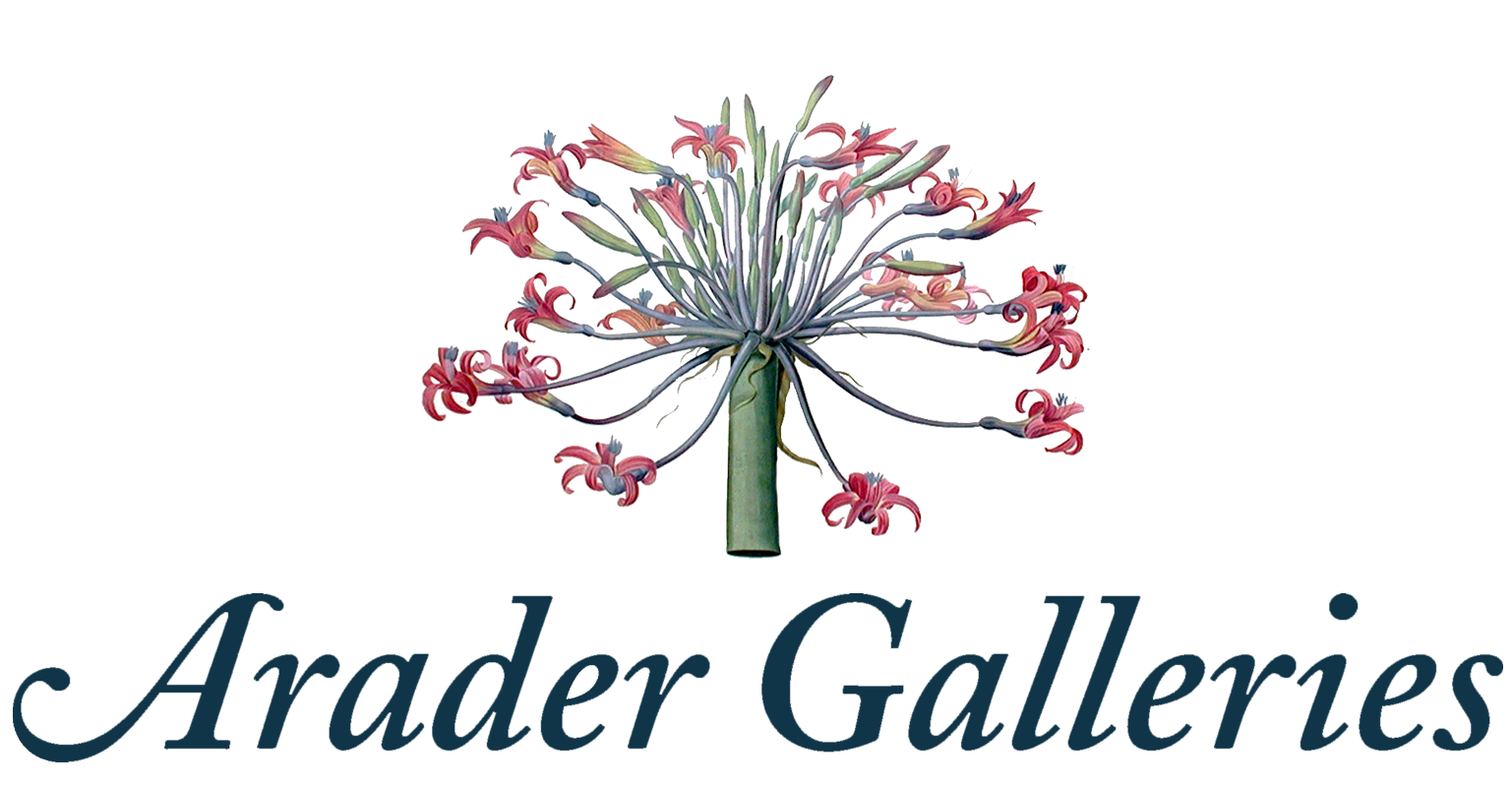Redouté, Pierre-Joseph
Pierre-Joseph Redouté (1759-1840)
From: Choix des Plus Belles Fleurs
Paris: 1827-1833
Hand-colored stipple engraving
The works of the great botanical artist Pierre-Joseph Redoute (1759-1840) seem to demand the invention of lofty praise. Described both as the “Rembrandt” and the “Raphael” of Flowers by nineteenth century writers, Redoute occupies a central position in the development of European botanical art.
Born into a family of artists, Redoute’s talents were recognized and encouraged from an early age. He studied botany with the noted naturalist Heritier de Brutelle, and learned the technique of
painting in watercolor on vellum from Gerard van Spaendonck, Flower Painter to the King. By this master painter’s own account, his pupil’s work was finer.
Redoute had, as pupils or patrons, five queens and empresses of France, from Marie Antoinette to Empress Josephine and her successor, Marie-Louise. Despite many changes of regime in this
turbulent epoch, he worked without interruption, eventually contributing to over fifty books on natural history and archeology.
The luminosity of stipple engraving is particularly suited to the reproduction of botanical detail. It is essentially a technique of etching a copper plate with a dense grid of dots that can be modulateto convey delicate gradations of color and tone. The plates were painted with watercolor before each impression, creating a rich and subtle color quality that is deeply pressed into the paper.
The most delicate highlights and details are then added by hand to finish each print according to the exquisite watercolor models that Redoute provided. This complex and delicate printing process
combines the technical virtuosity and aesthetic sensitivity that characterize Redoute’s remarkable body of work.
The Choix des Plus Belles Fleurs is one of Redoute’s last, and most personal works. It is a selection of favorite flowers and fruits by a master who had devoted a lifetime to the art of botanical
illustration. The images include spectacular blossoms plucked from formal gardens, as well as the more modest blooms of wayside flowers. These small and richly colored plates convey an intimate
sense of beauty that sets them apart from other botanical works.
There are currently no products in this collection.
Subscribe to our newsletter:
Location
Arader Galleries
1380 Main Street
Saint Helena, CA 94574
Hours
Monday - Friday: 9 am to 5 pm
Saturday - Sunday: 11 am to 5 pm
For any inquiries you can reach the gallery through phone or email:
Tel: 707-225-4571
Email: josephine.arader@gmail.com
